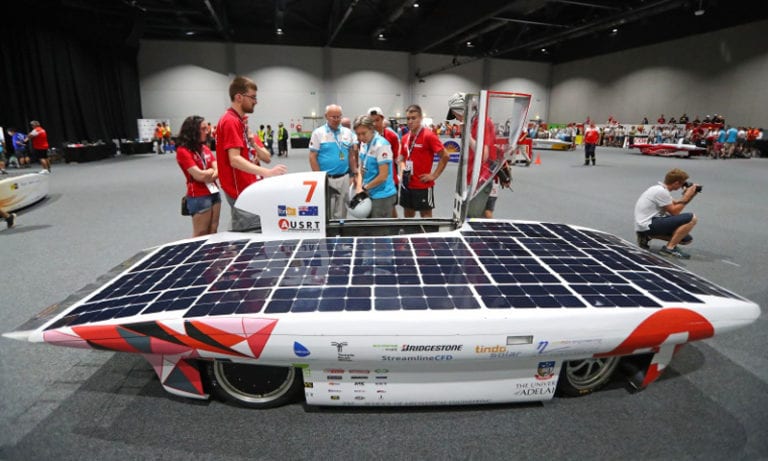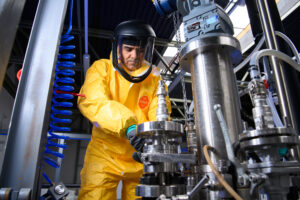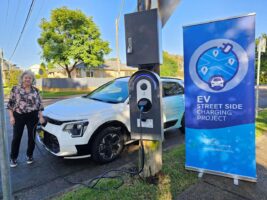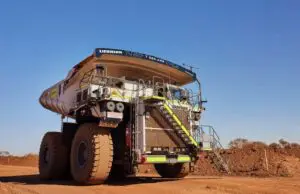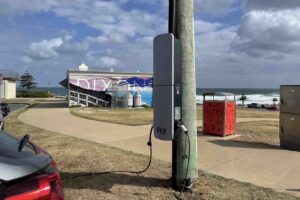One of the world’s greatest engineering adventures began last weekend when more than 40 solar cars brave the Australian Outback on a 3000-kilometre journey from Darwin to Adelaide, South Australia.
In its 30th year, the organisers of the Bridgestone World Solar Challenge have made the journey even more challenging in 2017 by reducing the size of the solar array that powers the cars.
Event Director Chris Selwood said the decision to reduce the solar array from 6 to 4 square metres because the challenge was about being more efficient with the use of power rather than travelling the fastest. In 2007 the size was reduced to 6sq m from the 8sq m originally allowed in 1987.
“When we started this 30 years ago the scientists told us that each of us as human beings had 8 square metres of the Earth’s surface from which to draw our sustenance. So when we looked at a regulation for how big a solar array could be on a solar car we said eight,” he said.
“As the cars got better, they got faster and in 2006 we crossed that magic threshold of 100km/h average speed between Darwin and Adelaide.
“It wasn’t sustainable for us just to be going faster and faster because the World Solar Challenge is not about how fast you can go, it’s about how far you can go. How far you can go on how little energy.”
Selwood said this quest for efficiency meant it was time for a disruptive change in the rules to make the journey more difficult.
“We make no excuse for this being the hardest solar car event in the world,” he said, adding that only 30 per cent of teams typically completed the journey.
He said the only way the cars could keep travelling the same distance at the same speed with a smaller array was to completely redesign the vehicles from the ground up.

The event, which began on Sunday, has seven Australian entrants including teams from South Australian education institutions TAFE SA, Flinders University and the University of Adelaide.
High profile international teams include Cambridge University, Tokai University and past winner Solar Team Eindhoven from the Netherlands.
Spencer Olds, a student leader from the Adelaide University Solar Racing Team (AUSRT), said to be competitive his team would need to travel at an average of 80km/h for the entire five-day trip.
“Travelling at that speed across the desert is incredibly tough. The solar array needs to be highly protected so we’ve done a lot of work to ensure that will stay safe from all the sand in the desert,” Olds said.
The AUSRT team, which hopes to place in the top 10, is using a modular system, which allows swap out parts of solar array if they get damaged.
“It’s real-world engineering with this solar array. We are learning how to get as much out of it as possible,” Olds said.
“At full sun we should get about 1kW of power out of it. That’s a tiny amount but it’s enough to power our car.”
He compared 1kW to roughly the power of a small toaster.

Event Director Selwood said a variety of practical uses come out of engineering these cars.
He said an example was a Dutch team that developed a coating to make their car more aerodynamic and had the side effect that dirt won’t stick to it.
“If you applied that to a conventional car, you’d probably never have to wash it,” Selwood said.
“Some of them push the boundaries not normally associated with cars but are important to the hi-tech industry and advanced manufacturing,” he said.
Besides the engineering challenges, Selwood said teams travelled to Australia from all over the world because of the sheer adventure.
“The attraction for teams to undertake the seemingly impossible task is the great adventure of crossing Australia, crossing the central heart of this ancient land. It’s always a spiritual journey crossing the country,” he said.
The first teams leave Darwin on Sunday 8 October and are expected to begin arriving in Adelaide on the Friday 13 October.

